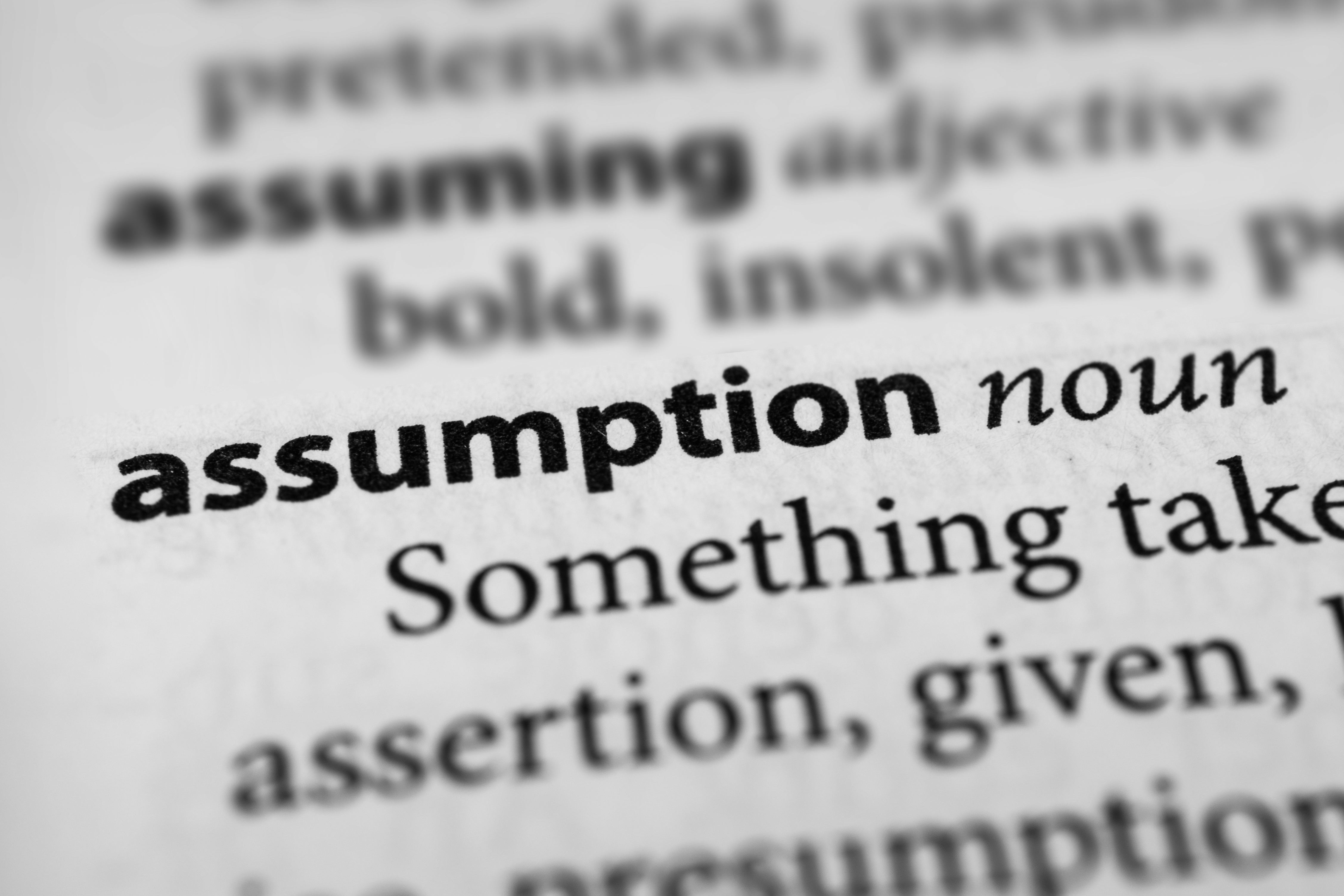A study released this month by the University of Massachusetts Amherst aimed to outline “a program for a clean energy transition in California,” but instead provided a shockingly unrealistic roadmap built on wildly flawed assumptions.
The Amherst study argues that California should spend $760 billion on clean energy and $620 billion on other infrastructure, manufacturing and agriculture-related initiatives to achieve its climate goals. Separately, the study estimates the cost of a “generous just transition program” for displaced oil and gas workers at $4.7 billion to $8.3 billion over 10 years.
In total, it all adds up to roughly $1.4 trillion in new spending – a shockingly unrealistic figure. But the mirage didn’t stop there.
As an economist with Capitol Matrix Consulting (CMC) pointed out in a memo to Californians for Energy Independence: “In its discussion of how to finance these expenditures, the Amherst study makes several assumptions that are highly suspect.”
For instance, the study states that “roughly half of total spending will be provided by private investors,” relying on an assumption that each dollar of public investment in clean energy will draw $9 from the private sector.
But as the CMC economist points out, “A cursory review of federal and state clean energy incentives indicates that this is pure fantasy.” The economist points to a federal solar credit program that historically has drawn roughly $2 in private investment for each dollar of federal funding, and notes that the program is often supplemented by utility rebates and a variety of state and local government incentives, so the true ratio is actually less than $2 in private investment for each dollar of federal funding.
Furthermore, CMC highlights an even more precarious notion put forward by the study’s discussion of how to finance $1.4 trillion in state climate initiatives: the idea that “the state could borrow more than $40 billion per year [over 10 years] without the debt-servicing costs creating a major burden on its overall budget.”
First, even while interest rates are indeed low, the report completely ignores the fact that voters approve debt in California. And, quite simply, voters are not going to approve $400 billion in new debt over 10 years.
A simple review of history bears this out. Since 2000, the average amount of debt approved by California voters has averaged $13 billion per two-year election cycle. Notably, this is for all government purposes, including K-12 education, higher education, water supply management, stem cells, prisons, hospitals, and so forth. Voters do not have an unlimited appetite for bonds; in fact, voters rejected $15 billion in K-12 and higher education bonds just last year. Yet the Amherst study blindly presumes that voters will go along with an unprecedented 6-fold expansion in the amount of debt approved each election cycle for five consecutive election cycles – on top of the bonds needed for other state priorities in that time.
But more importantly, issuing $40 billion in new debt every year for a decade would have an enormous budget impact, crowding out vital services or requiring billions of dollars in new taxes. This would directly hurt California families and businesses.
As the CMC economist points out, after ten years the debt service on $400 billion in bonds would be at least $20 billion per year. California’s state budget revision of $197 billion for 2021-2022 includes just $39 million in discretionary spending once certain funds are distributed to local governments as mandated by law. The economist warns: “Bond rating agencies would certainly frown upon debt service accounting for such a large portion of discretionary spending capacity, and the resulting reductions in bond ratings will drive interest rates higher for the state’s debt obligations.”
The Amherst study fails to provide a serious and actionable roadmap for energy policy in California. And the staggeringly unrealistic vision that it does offer – flawed as it may be – should give policymakers pause before blindly pursuing radical shutdown and ‘just transition’ proposals.


